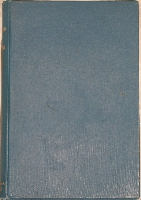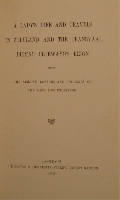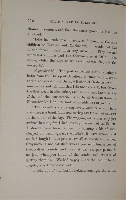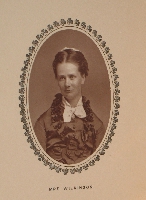A Lady's Life and Travels in Zululand and the Transvaal during Cetewayo's reign being the African letters and journal of the late Mrs Wilkinson.
Year: 1882
Edition: First edition
Publisher: London; J.T. Hayes
Category: Africa
Original blue publisher’s cloth; 8vo, half title, pp. viii, 1, (1), 264.
Gilt titles on spine.
Cloth very lightly soiled, negligible bumping to corners and head and tail of spine. The page-edges of 23 leaves have been opened carelessly (please see pict. #4), resulting in small tears and sometimes smaller or larger chipping, however, never touching the text and with the contents overall very bright; free from foxing or spotting.
As frontispiece a Woodburytype photograph of Mrs. Wilkinson has been mounted in an oval shaped framework, quite Victorian and very charming.
Mrs. Wilkinson accompanied her husband, together with his missionary party, to Zululand, sailing from Falmouth on July 6, 1870. They made some stay at Bishopscourt near Cape Town, afterwards proceeding to Maritzburg, Natal, and it is stated that on their arrival at this town they found that
“ everybody that can go is gone to the diamond fields.”
The volume affords considerable information respecting social and political life among the colonists and natives of Natal and Zululand at this period, and includes a few details regarding the author’s travelling experiences in the Transvaal. Mrs. Wilkinson appears to have been much liked by the natives, but she does not speak well of Cetywayo (*) and observes, “From the day of his coronation ... to the day our troops entered his country, his attitude towards us was one of broken faith, marked disrespect, and increasing insolence.”
In 1875 Bishop and Mrs. Wilkinson returned to England to make arrangements for the extension of the diocese and to raise the necessary funds, but towards the end of 1877 Mrs. Wilkinson was attacked by consumption and succumbed.
After her death this book was edited by her husband and then published in 1882.
(*) In 1872, after the death of king Panda, his son, Cetywayo, was declared king of the Zulus. He was a nephew of the famous Zulu Chief Chaka. Because of his policy and the wars with Natal and Transvaal, he was the cause of a bitter political controversy in the United Kingdom.
Hosken p. 217, Mendelssohn II, p. 610.
Click on a picture to enlarge.





